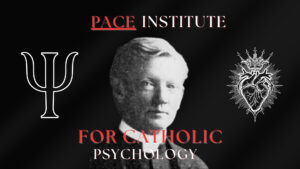Review: “EO” A Human Nightmare of Donkey Proportions

Image Courtesy of Skopia Film and Alien Films
By Dean Robbins
Polish octogenarian filmmaker Jerzy Skolimowski released his first feature film in 1960. Despite six decades in the business, his twenty-fifth film EO, a top contender for an Academy Award for Best International Film nomination, is one of the year’s most technically progressive (and unsettling).
Skolimowski is best known in the United States for his acting career with small appearances in The Avengers (2012) and Mars Attacks! (1996). He did these roles while on a directing hiatus in the 1990s and early 2000s away from his Polish homeland in the States. EO is probably the most well-known and mainstream film of his directing career, but he has made multiple English-language films like the British coming-of-age drama Deep End (1970) and the Robert Duvall thriller The Lightship (1985). His career found its kickoff with winning the Berlin Film Festival’s Golden Bear Award for 1967’s Le Depart. In short, you have probably seen Skolimoski himself but not his films.
The protagonist is a donkey unsurprisingly named EO whom we see go from captivity to freedom to captivity again on repeat throughout Europe. The camera holds close to EO’s face capturing its sense of loneliness, loss, and aimlessness. The latter perhaps is what the animal road movie is mostly about.
EO is a very loose remake of Robert Bresson’s Au Hasard Balthazar (1966) which took a donkey protagonist through a series of episodes dealing with the Seven Deadly Sins. If that film is often read ultimately as a parable of faith, EO has much more ambiguous conclusions. In fact, its “conclusions” most closely resemble open-ended questions. Through the eyes of a donkey, Skolimowski asks questions about machinery, man’s domination of nature, human relationships, and the value of an animal’s life. The donkey witnesses moments of anger and violence erupting from a variety of people in varyingly desperate situations. In the end, the donkey is often the driving force behind the film’s conflicts but, as a result of its own inhumanity, is unable to find any transcendence. Genuinely, what purpose does a donkey have in life? Can it even grasp the concept of purpose?
The inhuman perspective of the film allows it to see the humans as aliens. Scenes will occasionally abruptly cut to (usually) red-tinted nightmare sequences that are often disturbing and surreal. One is a drone shot running through a forest before coming upon a wind turbine and beginning to rotate in tune with its rotors. Another is an upside-down shot of a person skiing in the dead of night. Some viewers may call these flourishes superfluous and empty. However, they bring the viewer deeper “into” the consciousness of a being with just enough agency to suffer consciously and not enough to find purpose beyond consumption and death.
Is Skolimowski trying to prove a point about man destroying nature? Is EO vegan propaganda? Neither of these appears to be the case. It is more likely an 88-minute bad dream about seeing the alien in yourself and yourself in the alien. Spooky and brilliantly executed. The film uses many cutting-edge techniques like drone shots to achieve a product that is almost too effective. Recommended. Not a good animal movie for the family, though. Watch Babe instead.






